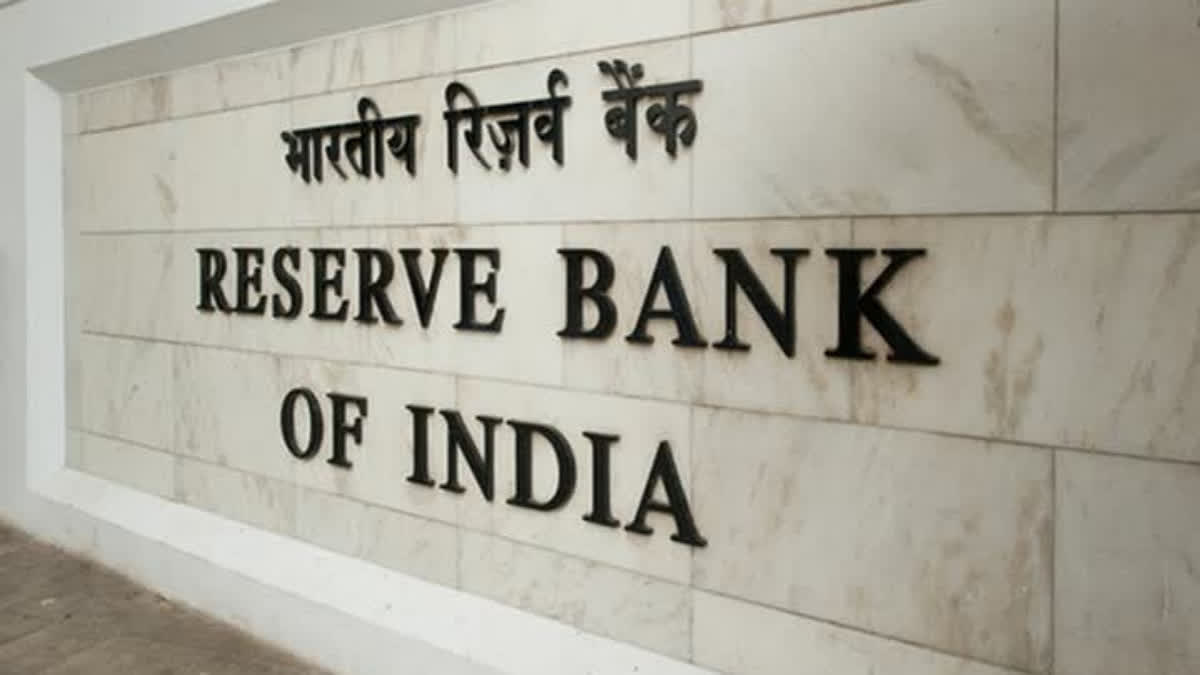Mumbai: A Reserve Bank report on Thursday sounded a note of caution saying sops like farm loan waiver, free power and transport, by states could crowd out their critical resources for social and economic infrastructure.
The RBI's 'State Finances: A Study of Budgets of 2024-25', however, said state governments have made commendable progress towards fiscal consolidation by containing their aggregate gross fiscal deficit within 3 per cent of GDP for three consecutive years (2021-22 to 2023-24), while restricting revenue deficit at 0.2 per cent of the GDP in 2022-23 and 2023-24.
"This has allowed states to scale up their capital spending and improve the quality of expenditure," the report said. It further said several states have announced sops pertaining to farm loan waiver, free electricity to agriculture and households, free transport, allowances to unemployed youth and monetary assistance to women in their Budget for 2024-25.
"Such spending could crowd out the resources available with them and hamper their capacity to build critical social and economic infrastructure," it said. The report said an area of incipient stress is the sharp rise in expenditure on subsidies, driven by farm loan waivers, free/subsidised services (like electricity to agriculture and households, transport, gas cylinder) and cash transfers to farmers, youth and women.
"States need to contain and rationalise their subsidy outgoes, so that such spending does not crowd out more productive expenditure" it added. According to the RBI study, high debt-GDP ratio, outstanding guarantees and the increasing subsidy burden require states to persevere with fiscal consolidation while laying greater emphasis on developmental and capital spending.
It further said the improvement in the quality of expenditure was sustained, with capital expenditure rising from 2.4 per cent of GDP in 2021-22 to 2.8 per cent in 2023-24 and budgeted at 3.1 per cent of GDP in 2024-25. States' total outstanding liabilities declined from 31 per cent of the GDP at end-March 2021 to 28.5 per cent at end-March 2024 but remain above the pre-pandemic level (25.3 per cent at end-March 2019).
State-specific Fiscal Responsibility Legislations (FRLs), along with tax and expenditure reforms, have strengthened their finances over the past two decades. Strengthening of State Finance Commissions is also critical for ensuring adequate and timely fund transfers to local bodies, it added.
The report further said the weak financial health of state-owned electricity distribution companies (DISCOMs) constitutes a persisting challenge for state government finances.
Despite multiple financial restructuring efforts, DISCOMs' total outstanding debt has grown at an average annual rate of 8.7 per cent since 2016-17, rising from Rs 4.2 lakh crore to Rs 6.8 lakh crore in 2022-23 (2.5 per cent of GDP).



